Chester Rows
Mysteriously stacked storefront paths give this medieval British town an iconic style like none other.
The small medieval town of Chester, England is home to a unique double-decker architectural design, the origins of which are unknown despite their continued implementation.
The Chester Rows are an extensive series of raised walkways elevated above street level to provide a second row of sheltered retail premises throughout most of the ancient city center of Chester. Chester was originally a Roman garrison town in the northwest of England known as Deva, and one of many theories as to the origin of the unique “Rows” was that post-Roman buildings were simply built on top of the crumbling classical structures. The other prevailing theory is that the medieval townspeople wanted to improve the retail potential of the city and, being restricted by the ancient Roman walls surrounding the city center, were forced to build shopfronts vertically.
The earliest written records of the Rows date back to the 11th and 12th centuries, but it’s possible they existed in some form for many centuries before that. The Rows have been in existence and constant usage for so long that they vary greatly in architectural style, antiquity, and appearance. The oldest section of the rows is called the “Three Old Arches” and it may be the oldest existing storefront in England. Beyond this building, the majority of the Rows are built into medieval tinder buildings that sit on ancient stone undercrofts. In addition to the traditionally restored or styled buildings, some more modern buildings in the area have also incorporated the stacked store style.
Whatever the origin, the Chester Rows have given the town a unique feel unlike any other in England, and the shops upon shops of historic paths don’t seem to be going anywhere.

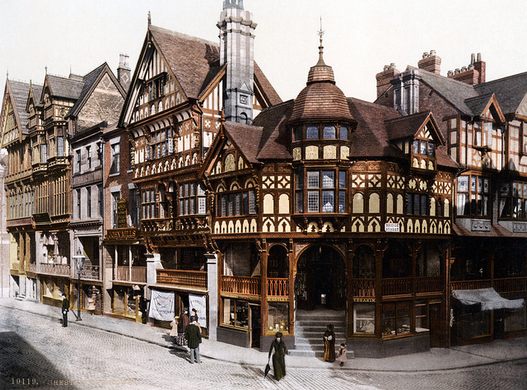




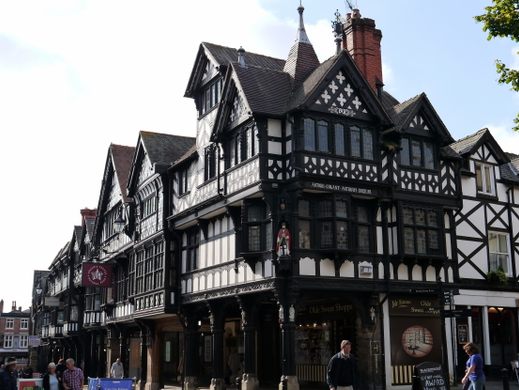






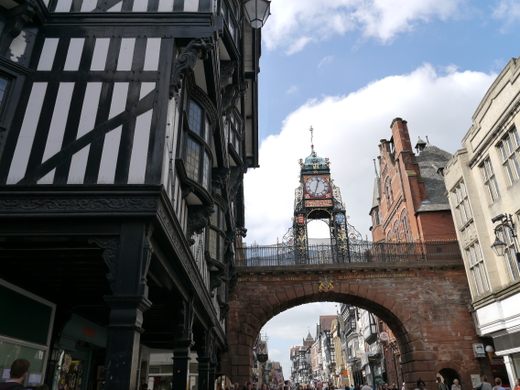
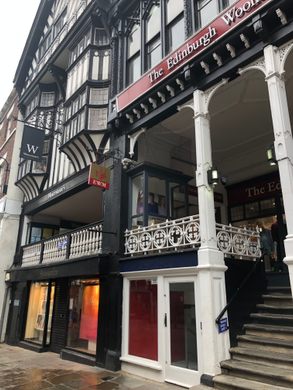
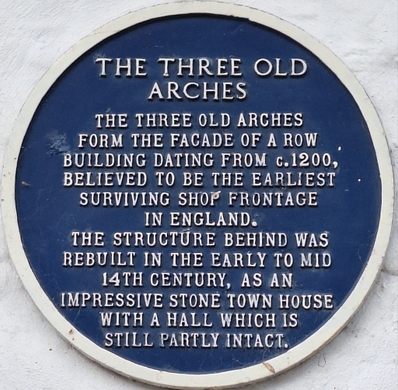
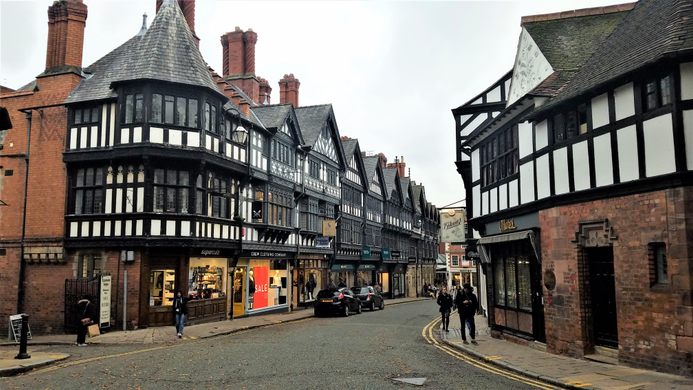
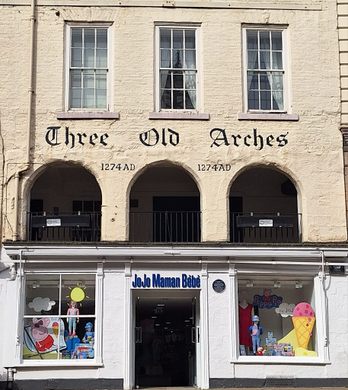
















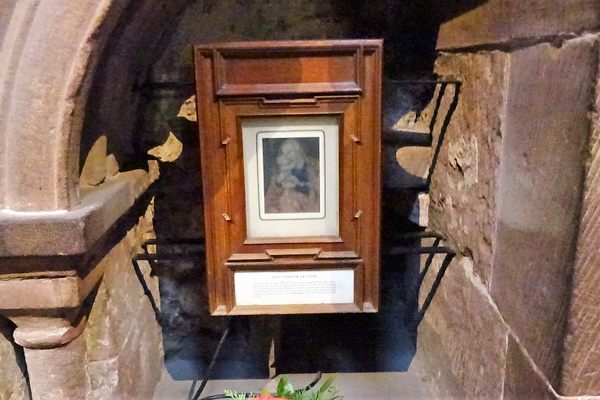

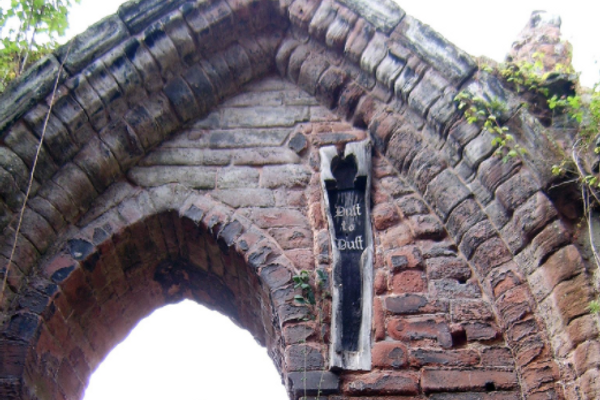





Follow us on Twitter to get the latest on the world's hidden wonders.
Like us on Facebook to get the latest on the world's hidden wonders.
Follow us on Twitter Like us on Facebook